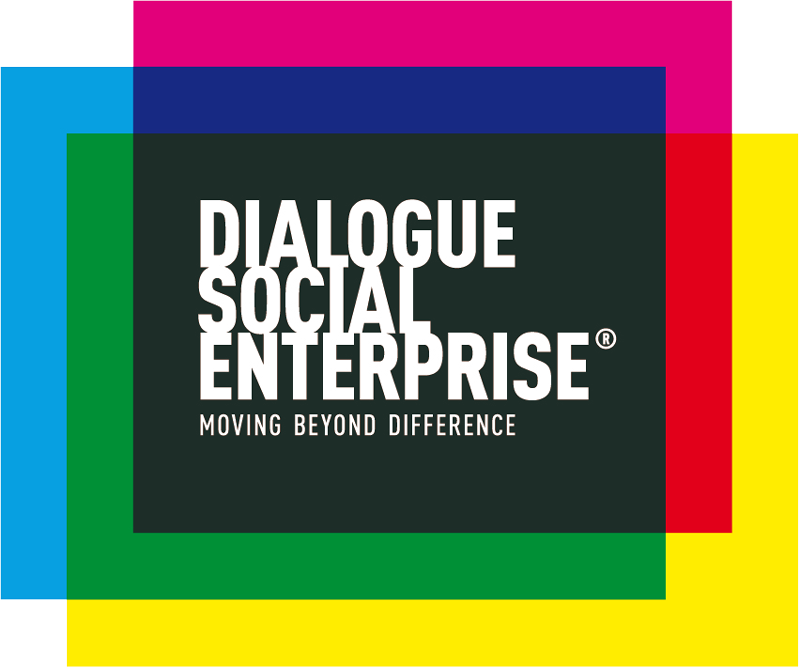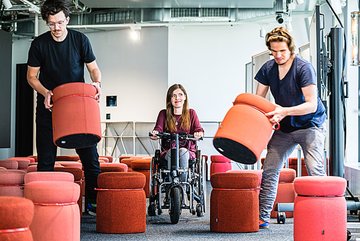The UN convention on the rights of persons with disabilities states that disability results from the interaction between persons with impairments and attitudinal and environmental barriers that hinders their full and effective participation in society on an equal basis with others.
In the same direction, the WHO states disability results from the interaction between individuals with a health condition with personal and environmental factors including negative attitudes, inaccessible transportation and public buildings, and limited social support.”
The understanding of disability has gone through different areas over the years.
Before the 20th century, trapped in mystical religious beliefs, people with disabilities were considered spiritual aberrations or living proof of how sinners pay for their actions.
There is an example I love, by Sabriye Tenberken, a blind German entrepreneur, who on her trip to Tibet, where she founded a school for blind children, discovered that many traditional families consider their visually impaired relatives as persons who have to pay for past-lives sins or who are in contact with some demons. Years later it would be proven that Tibet has, in proportion, one of the largest visually disabled population in the world, but not because it is an area of reincarnated sinners, but because of its high altitude and its greater exposure to V-rays, which deteriorate eyesight.
A couple of years ago, when the Dialogue in the Dark exhibition in Mexico was operating, my fellow guides were gathered at their meeting point, waiting for the taxi that would take them to the venue, when they overheard the conversation of two ladies who were near them, having tacos: "Poor people, they can't see, because they don't believe in God".
For most of the 20th century the understanding of disability was medical. Disability was seen as a disease, and the person who experienced it as a patient who had to be cured or, in the worst case, put in a corner, taking care of his or her ailments, but out of active life.
Another approach to disability is the humanistic one, which emphasizes the rights of people with disabilities and encourages a dignified life for us. However, like many of the humanist positions, the approach spends more time on idyll than on concrete action.
But the new focus on barriers as obstacles to inclusion challenges society and encourages us to act, as it puts the responsibility on all of us. Previously, if we thought of people with disabilities as victims of curses or sinners atoning for guilt, the responsibility fell on shamans and priests. In the medical model, where the people with disabilities were considered sick and recovery was sought, the doctors were responsible.
But today the responsibility falls on everyone because we all generate barriers: the web programmer who does not program in an accessible way, the HR director who does not consider inclusive recruitment, the architect who designs only for people without disabilities, the educators who do not design inclusive educational content, the person who parks on a ramp....
Surely this new focus is going to take many years to mature. My wish is that, just as today people tell you "I hope you get cured" or "those people don't see because they don't believe in God," I hear comments about people reflecting and asking themselves, "would this be accessible to a person who doesn't hear? How can I make it so that a blind person also understands this that is so visual?" Or that those ladies would have dropped the taco and their religious rants to stop being another barrier and would have helped my blind colleagues identify their taxi on that busy avenue.

